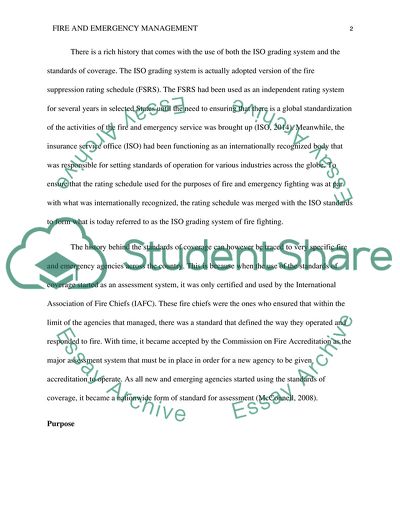Cite this document
(“Fire and Emergency Management Research Paper Example | Topics and Well Written Essays - 3750 words”, n.d.)
Fire and Emergency Management Research Paper Example | Topics and Well Written Essays - 3750 words. Retrieved from https://studentshare.org/miscellaneous/1653377-fire-and-emergency-management
Fire and Emergency Management Research Paper Example | Topics and Well Written Essays - 3750 words. Retrieved from https://studentshare.org/miscellaneous/1653377-fire-and-emergency-management
(Fire and Emergency Management Research Paper Example | Topics and Well Written Essays - 3750 Words)
Fire and Emergency Management Research Paper Example | Topics and Well Written Essays - 3750 Words. https://studentshare.org/miscellaneous/1653377-fire-and-emergency-management.
Fire and Emergency Management Research Paper Example | Topics and Well Written Essays - 3750 Words. https://studentshare.org/miscellaneous/1653377-fire-and-emergency-management.
“Fire and Emergency Management Research Paper Example | Topics and Well Written Essays - 3750 Words”, n.d. https://studentshare.org/miscellaneous/1653377-fire-and-emergency-management.


